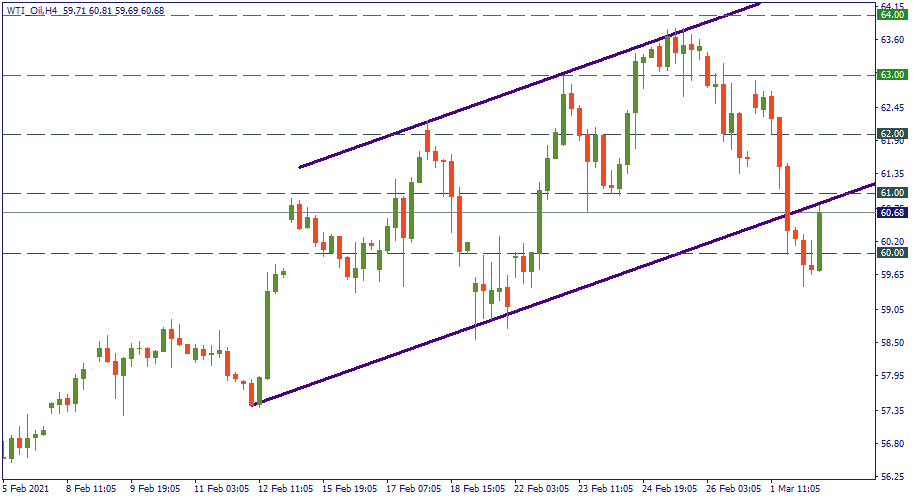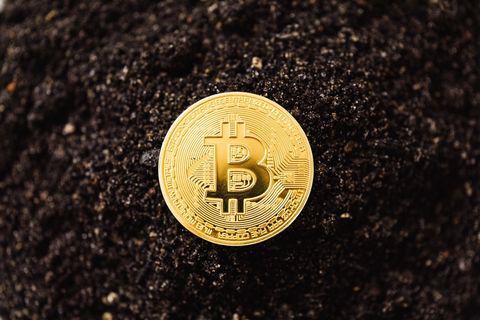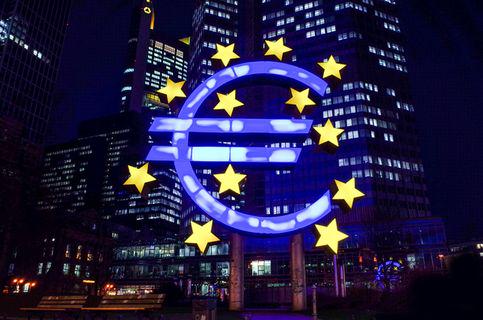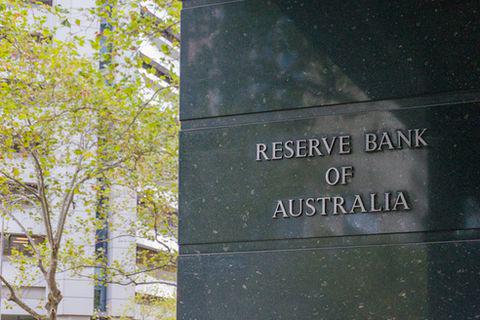
I know we've had quite an amazing run these past few month, with over 78% accuracy in our trade ideas and sentiments, and thousands of pips in profits monthly...
For a seamless experience, click “Redirect me.”

Don’t waste your time – keep track of how NFP affects the US dollar!
Data Collection Notice
We maintain a record of your data to run this website. By clicking the button, you agree to our Privacy Policy.

Beginner Forex Book
Your ultimate guide through the world of trading.
Check Your Inbox!
In our email, you will find the Forex 101 book. Just tap the button to get it!
Risk warning: ᏟᖴᎠs are complex instruments and come with a high risk of losing money rapidly due to leverage.
71.43% of retail investor accounts lose money when trading ᏟᖴᎠs with this provider.
You should consider whether you understand how ᏟᖴᎠs work and whether you can afford to take the high risk of losing your money.
Information is not investment advice
OPEC+ is just about to meet – the series of sessions starts later today. Iran will be there, Russia will be there – that is, apart from the primary cartel member countries such as Saudi Arabia. As they agreed before, they’ll be meeting discuss the plans of future supply. Specifically, in view of the recovering global oil demand, the question is how much oil supply needs to be restored.
Saudi Arabia is on the side of a cautious approach, with a 500,000 bpd suggested increase for the coming months. However, many other countries – primarily, Russia – hold a stronger supply position for a number of reasons from not letting the US shale producers take over the niche to a blunt desire to extract more oil profits. This last view suggests increasing the supply by 1.5mln bpd.
First of all, keep in mind that you’re trading emotions here. That means, you trade short-term. In the long-term, supply and demand will meet somewhere and stabilize – that’s the interest of all sides. So, we are speaking only about the short-term.
Meaning, there will be investors and traders out there, watching the OPEC+ meeting, and if OPEC+ decides to make a little supply increase, they may think, “Oh, so they’re not going to pump oil into the market – the price will rise then”, and the price will eventually rise because most of them think it will and will behave accordingly.
Otherwise, if the OPEC+ meeting ends with the maximum expected output increase, observers may think, ‘Wow, the market is about to be flooded with oil, the price will plunge – time to see’. So, they’ll start selling because they think everyone else already does that. Eventually, the price will drop.
The price has already made a considerable drop - it dipped below $60 dropping out of the recent uptrend. There is a high likelihood that this local low will press on the meeting members to favor the cautious supply increase approach over aggressive stance.


I know we've had quite an amazing run these past few month, with over 78% accuracy in our trade ideas and sentiments, and thousands of pips in profits monthly...

Futures for Canada's main stock index rose on Monday, following positive global markets and gains in crude oil prices. First Citizens BancShares Inc's announcement of purchasing the loans and deposits of failed Silicon Valley Bank also boosted investor confidence in the global financial system...

Investor confidence in the global financial system has been shaken by the collapse of Silicon Valley Bank and Credit Suisse. As a result, many are turning to bearer assets, such as gold and bitcoin, to store value outside of the system without...

eurusd-is-falling-what-to-expect-from-the-future-price-movement

Greetings, fellow forex traders! Exciting news for those with an eye on the Australian market - the upcoming interest rate decision could be good news for Aussies looking to refinance or take out new loans. The Mortgage and Finance Association Australia CEO, Anja Pannek, has...

Hold onto your hats, folks! The Japanese yen took a nosedive after the Bank of Japan (BOJ) left its ultra-loose policy settings unchanged, including its closely watched yield curve control (YCC) policy. But wait, there's more! The BOJ also removed its forward guidance, which had previously pledged to keep interest rates at current or lower levels. So, what's the scoop? Market expectations had been subdued going into the meeting, but some were still hoping for tweaks to the forward guidance to prepare for an eventual exit from the bank's massive stimulus
Your request is accepted.
We will call you at the time interval that you chose
Next callback request for this phone number will be available in 00:30:00
If you have an urgent issue please contact us via
Live chat
Internal error. Please try again later